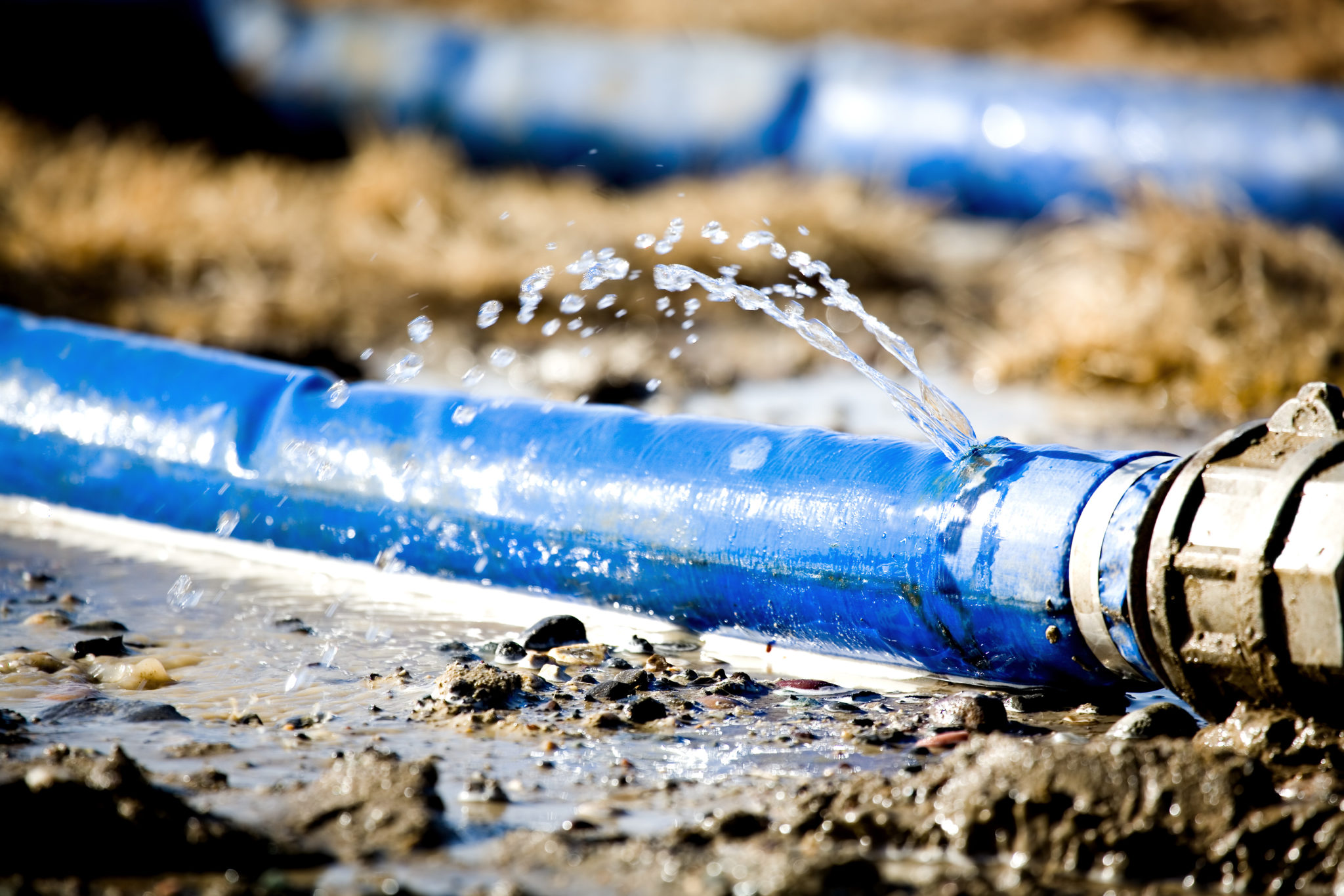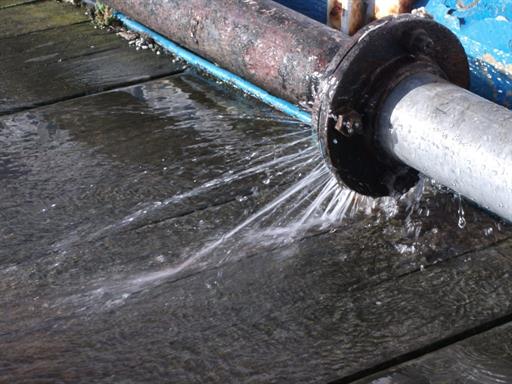What Homeowners Should Know About Septic Tank Maintenance
What Homeowners Should Know About Septic Tank Maintenance
Blog Article
This great article which follows relating to What You Should And Shouldn’t Do When Dealing With Water Damage is fairly intriguing. You should look it over.

What should you do if a pipes bursts in your house? Do you want a mini-waterfall and also flooding in an area of your home? You need to act quickly if you find on your own in this situation. The longer you wait, the extra extreme the damage that can occur to your property. The presence of mind is type in these occasions. For these reasons, you require to find out how to act in the event of a ruptured pipes. Have a look at the adhering to pointers below to help you act fast because time is important.
Shut down the Key Waterline Valve
Look for the local shut-off shutoff to transform off the water in one particular area only. If you do not understand where the localized shut-off valve is, go for the major water line shutoff as well as turn it off. Usually, the major valve is found outside the residence following to the water meter.
Call Water Damage Restoration Pros for Aid
After shutting the water resource, call the specialists for aid. With their expert assistance, you can stop much bigger water damages including deformed baseboards, loose floor tiles, or damaged frameworks.
Record the Damage For Insurance policy
While you're waiting for the pros to show up, obtain some paperwork of the damages triggered by the errant pipeline. Do close-up shots of the harmed belongings and places.
Restore Things That Can Be Conserved
Take a look at the damaged things as well as take out the most vital ones from the stack once you're done taking images. Dry them off in a dry/warm place far from the damaged location and attempt to protect them as much as you can. Drag as much moisture as you can to the product so it can start to dry out.
Start the Drying Refine
You need to start the drying out process as soon as possible. Luckily, the water from your waterlines is already clean so you do not need to fret about drain water. The moving water may have interrupted the dirt as well as debris in your carpets and also floorboards. In this case, put some handwear covers on as well as start some damage control. Usage containers to dispose out the water. Remove as much water as you can from the surface areas with old towels. Activate an electrical fan or open your windows to promote air blood circulation. These actions will certainly speed up to dry and deter mold and mildew and also mold growth.
Specialists are the only individuals certified to evaluate correctly as well as repair the burs pipes and succeeding damages. As always, pipes do not simply unexpectedly burst out of heaven. They normally provide silent warnings like gurgling paint, water spots. Weird sounds in the plumbing, caving ceiling, mildewy odor, or peeling wallpaper. Take note of these indicators as well as do some preventive measures so you can nip any concerns in the bud.
What should you do if a water pipe bursts in your residence? For these factors, you need to learn just how to act in the occasion of a burst water pipeline. After closing the water source, call the professionals for aid. With their professional help, you can protect against much bigger water damage including deformed walls, loose floor tiles, or damaged structures. The good news is, the water from your waterlines is currently clean so you do not have to fret about sewage system water.
How to Handle a Burst Pipe and Minimize Damage
Steps to Take Ahead of Time
If you own property in an area that experiences cold weather, you need to be aware of seasonal maintenance tasks that will help you protect your property as the weather changes each year. One of the most important steps is to winterize your pipes to ensure they won't freeze or burst when the temperature drops. This includes action items like insulating any exposed pipes, detaching garden hoses and covering outdoor faucets. If the weather gets cold enough, you may even consider leaving a faucet dripping or opening cabinet doors during the coldest parts of the day.
No matter how prepared you might be, accidents and emergencies still happen. You'd be wise to set up a savings account specifically for your property so you have a "rainy day" fund set aside for unexpected expenses. All homes—regardless of age, location or condition—will inevitably need some form of emergency repair.
Steps to Take for Frozen Pipes
A frozen pipe will not necessarily burst, so if you can catch a frozen pipe early on, you could save yourself a major headache. When your area experiences frigid temperatures, be sure to check your plumbing and keep an eye out for warning signs like faucets only releasing small amounts of water or toilets not refilling when flushed. If you do run into one of these issues, you're likely dealing with a frozen pipe.
If this happens, your first step should be to cut off the water supply to that section of the plumbing. Expanding and freezing water can quickly cause damage. Even if the water supply is shut off, you will likely still deal with some leaking from the water that defrosts after the pipe has thawed. Be prepared with a mop, bucket and/or towels to quickly soak up any excess water.
In order to thaw a frozen pipe, you can use a space heater, infrared or incandescent heat lamp, or even a hairdryer to warm up the frozen area. Heat tape is also an option and should be used according to manufacturer instructions. Do not use any sort of open flame to thaw frozen pipes, as it poses a major fire hazard and can damage your pipes further.
Steps to Take for a Burst Pipe
Water damage claims are the second most common insurance claim in the U.S. When you're dealing with a frozen pipe, the water continues to expand as it freezes, which creates pressure that can cause a pipe to burst. When this happens, the crack or leak in the pipe allows water flow from the pipe to enter your home where it shouldn't. If a pipe does burst, you need to act quickly to mitigate property damage and repair cost.
Your very first step should be to shut off your main water supply to minimize flooding—typically the most expensive damage to address. Once you've shut off the water supply, make sure you identify the entire area that has been impacted by the leak. Remove as much water as possible—as quickly as possible—using a mop, sponges, towels or a shop vacuum or wet/dry vacuum. To prevent long-term damage due to moisture build-up, run a dehumidifier or fan in the affected area. Contact a licensed plumber to ensure the pipe is correctly repaired before running any water to that section of the home again. Burst pipes and the associated water damage are something you absolutely want to avoid as a property owner. If you've had to learn your lesson the hard way, don't let yourself get caught in a similar situation during the next spell of cold weather. The best way to deal with frozen or burst pipes is to prevent them in the first place—proactive winter maintenance will save you time, money and a whole lot of stress.

As an avid reader about Do’s And Don’ts In Case Of Water Damage, I imagined sharing that chunk was worth the trouble. If you enjoyed reading our blog entry plz do not forget to share it. Bless you for your time. Visit us again soon.
Report this page